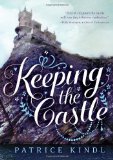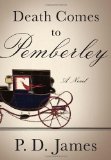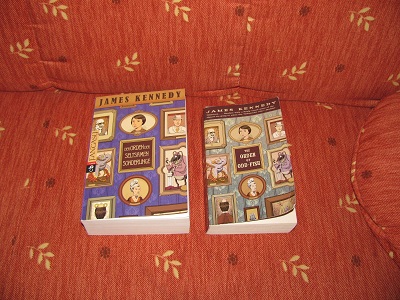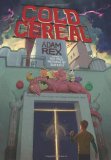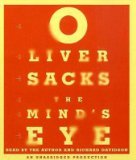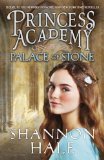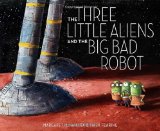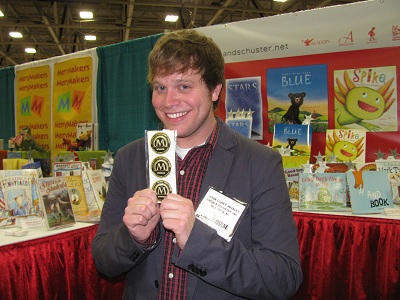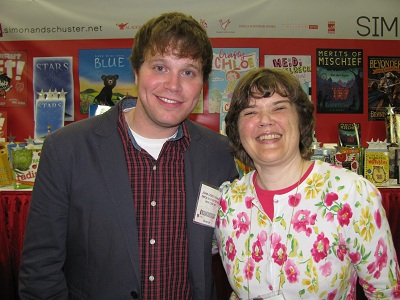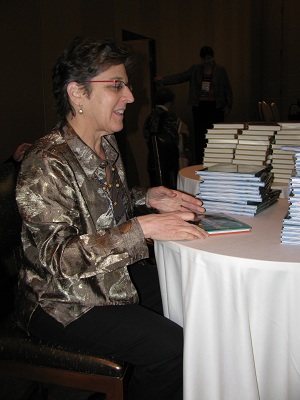Review of Keeping the Castle, by Patrice Kindl
A Tale of Romance, Riches, and Real Estate
by Patrice Kindl
Viking, 2012. 261 pages.
Starred Review
I was so delighted to discover a new Patrice Kindl book coming out. I love her earlier books without fail. With the title Keeping the Castle, I expected this to be a fantasy novel. However, it turned out to be a straight — but incredibly funny — tribute to Jane Austen and Pride and Prejudice, with just a touch of Cinderella (two not-so-nice stepsisters).
This is a historical romance, set during the Regency era. Althea needs to marry well in order to keep the castle her great-grandfather built on a cliff by the sea. Her four-year-old brother will inherit the castle, but without money soon, there will be no castle to inherit. The opening scene will give you an idea of the humor in this book:
We were walking in the castle garden. The silvery light of early spring streaked across the grass, transforming the overgrown shrubbery into a place of magic and romance. He had begged me for a few moments of privacy, to “discuss a matter of great importance.” By this I assumed that he meant to offer me his hand in marriage.
“I love you, Althea — you are so beautiful,” murmured the young man into my ear.
Well, I was willing enough. I looked up at him from under my eyelashes. “I love you too,” I confessed. I averted my gaze and added privately, “You are so rich.”
Unfortunately, I apparently said this aloud, if just barely, and his hearing was sharper than one would expect, given his other attributes.
The gentleman in question does withdraw his proposal. But then Lord Boring comes into the neighborhood and promises a ball. Hijinks ensue.
I think my favorite sentence was this one, that shows how she is playing with even the names:
From Lesser Hoo to Hasty, and from Little Snoring to Hoo-Upon-Hill, nearly everyone under the age of ninety was looking forward to the event.
Yes, it’s quite predictable whom Althea will end up with (by whom she doesn’t like; this is a tribute to Pride and Prejudice after all), but getting there is so much fun, and some surprises are definitely included along the way.
patricekindl.com
penguin.com/teens
Find this review on Sonderbooks at: www.sonderbooks.com/Teens/keeping_the_castle.html
Disclosure: I am an Amazon Affiliate, and will earn a small percentage if you order a book on Amazon after clicking through from my site.
Source: This review is based on an Advance Reader Copy I got at a library conference and checked against a library book from the Fairfax County Public Library.
Disclaimer: I am a professional librarian, but I write the posts for my website and blogs entirely on my own time. The views expressed are solely my own, and in no way represent the official views of my employer or of any committee or group of which I am part.
